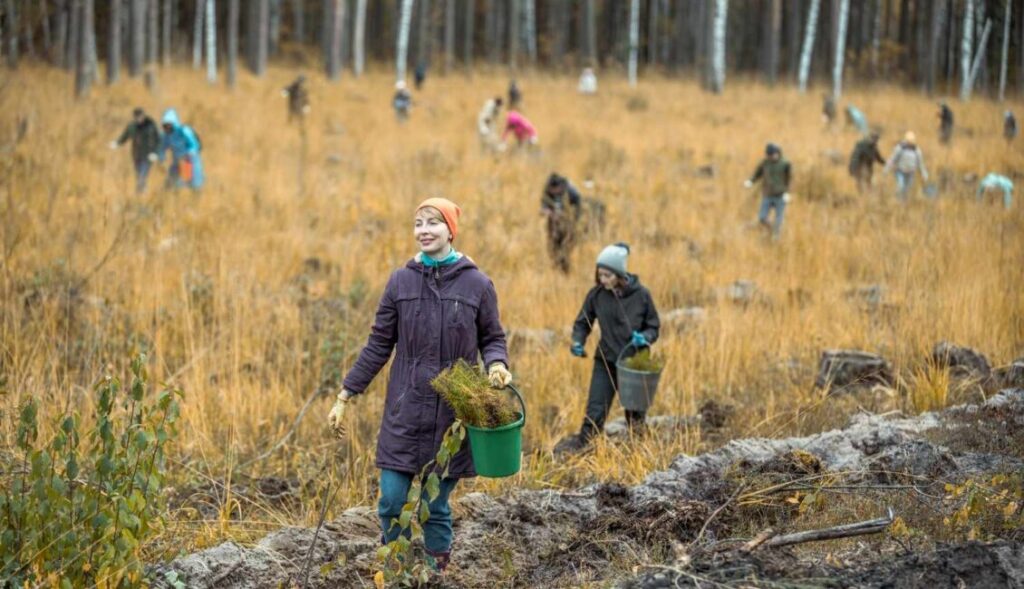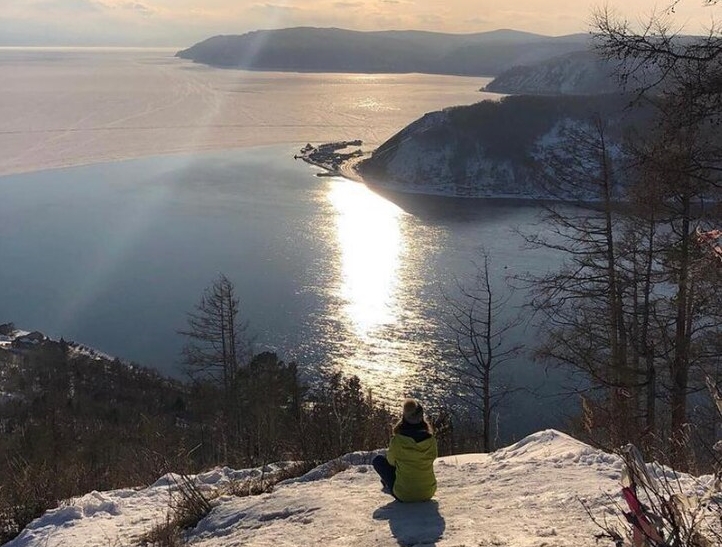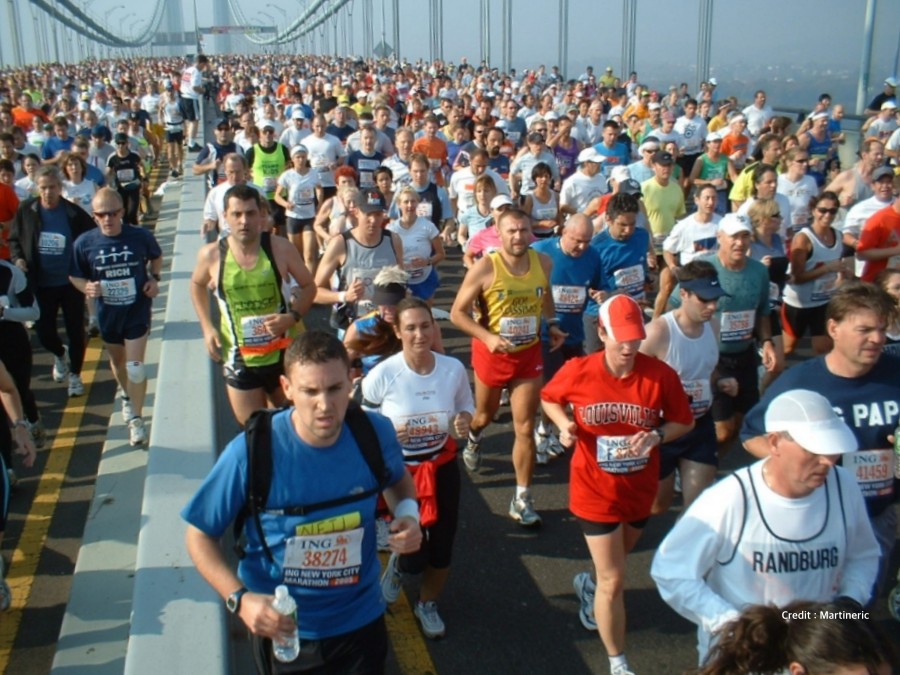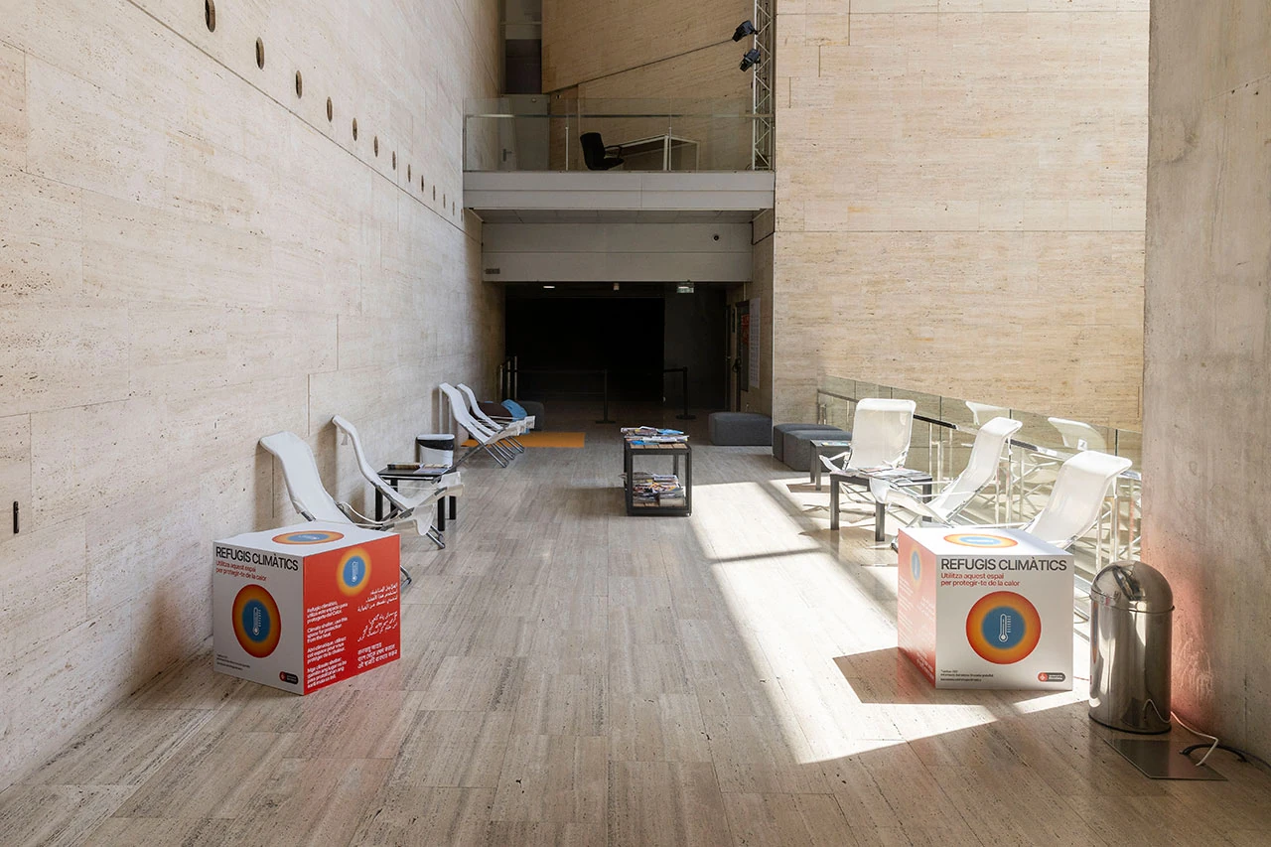Pressing the elevator close button repeatedly until the doors shut and sticking your hand into the vending machine’s retrieval slot while waiting for your product—these are said to be traits of the fast-paced Korean. Being slow is simply intolerable. After all, we are busy. We work hard, and when we finally get a vacation, we feel we must make the most of it by moving around as much as possible. There’s no time to dawdle in one place.
Slow Travel, the ‘Slow Motion’ of Beauty
The word “slow” carries a particularly negative connotation in Korea. People say someone talks slowly, acts slowly, or works slowly—and in any context, it’s seen as a flaw. But being fast isn’t always better. In romance movies, the moment when the male lead falls in love at first sight with the heroine is often shown in slow motion. The fleeting scene of an attractive woman’s hair flowing gracefully needs to be seen in slow motion to be fully appreciated. The heroine’s beauty—and the man’s dilating pupils—can only be truly noticed in that slowed-down frame.
That’s right. “Beauty is in the details.” To truly appreciate the beauty of things we might easily overlook in daily life, we need to slow down. One of the travel trends for 2025 is “slow tourism.” It means staying in one place, enjoying a cup of tea at a local café, wandering through small alleys, and greeting the residents. Through slow travel, we finally come to understand the unique scents and memories a neighborhood holds. Reducing carbon emissions comes as an added bonus. This is the rediscovered art of slowing down in the era of the climate crisis.
Traveling in Silence
A fast-moving car makes a loud noise, while a slow-moving one is quiet. Slow speeds somehow go hand in hand with stillness. Slow travelers naturally seek out quiet places rather than noisy ones. Among the various ways to enjoy slow travel is “silent tourism,” which places an emphasis on tranquility.
Silent tourism means taking a break from busy daily life by leaving behind your phone and all digital devices to walk in the forest or meditate in peaceful, quiet places. It’s watching the northern lights somewhere on the snowy plains of Lapland or strolling along a tranquil coastal village in Portugal while gazing at the sea. In nature, time slows down, carbon emissions decrease, and our inner selves become enriched.
In an era of 8 billion people, finding quiet and peaceful travel destinations on Earth is no easy task. The nonprofit organization Quiet Parks International (QPI) carefully selects and provides information on tranquil places around the world. According to QPI, quiet places today are considered to be “endangered.” They envision a world where natural sounds can be heard and where people can find inner peace and tranquility in nature, with the motto of “preserving quiet for all life.” They also offer programs for those seeking quiet experiences. However, quietness is often lost the moment people arrive. But there is a way to resolve this dilemma: all QPI experiences are conducted virtually via Zoom. Participants can quietly explore virtual forests from the comfort of their own rooms, undisturbed by anyone. Whether it’s Hawaii, New Zealand, the UK, or Costa Rica, virtual travel can take you anywhere with just an internet connection. Wait, is virtual travel really travel? Research shows that people experience satisfaction from virtual reality travel comparable to that of actual travel. This is why virtual reality travel is considered a promising tool for sustainable travel in the near future.

“Experience” over Tourism!
One way to enjoy slow travel is through community-based tourism. This is often seen as the opposite of mass tourism. While mass tourism emerged in the 20th century, it remains prevalent in the 21st century. The problems with mass tourism include environmental degradation caused by large numbers of tourists flocking to specific destinations, the commercialization and distortion of local cultures, infrastructure overload that lowers residents’ quality of life, and even gentrification that displaces original inhabitants. In mass tourism, destinations are merely places for consumption, but in community-based tourism, local communities play an active role as hosts. Travelers explore the village as prepared by the community, enjoying and experiencing its unique culture. Community-based tourism is a sustainable travel method that puts the emphasis on genuine “experience.”
What traditional foods do the descendants of the Maya civilization eat? How is melipona honey, revered as sacred by the Maya, produced? A typical tourist trip to Mexico’s Yucatán region won’t satisfy such curiosities, since these things aren’t sold in restaurants or shops. But with community-based tourism, the story changes. Travelers can participate in various cultural experience programs planned and operated by local villagers themselves. They can shop for ingredients alongside residents and cook traditional Maya dishes in their homes, or visit a villager who produces melipona honey to witness a Maya ceremony where honey is offered. Through authentic cultural experiences, community-based travelers deepen their understanding of an ancient civilization, while locals have the opportunity to proudly share their culture and generate income. The descendants of the Maya have established a regional tourism cooperative called Co’ox Mayab—which means “Maya Revival”—to introduce travelers to the originality and significance of Maya civilization as well as the beauty of the local natural environment, working to preserve both cultural and biological diversity. Is it enough to just see Chichen Itza’s El Castillo or the walls of Tulum? Community-based tourism transforms consumption-driven, entertainment-focused travel into an “experience” grounded in learning and respect for culture and nature.

Slow travel is difficult to define in just one sentence, but its core concept is low carbon. By reducing movement and staying longer in one place, travelers can fully enjoy the nature and culture of the destination, build a deep connection with the place, and practice sustainable and responsible consumption. In doing so, carbon reduction naturally follows.
Travel, Pick Up Trash, and Plant Trees!
By reducing travel and staying in one place to appreciate nature and make sustainable purchases at local shops, carbon emissions can be significantly lowered. However, whether slow or fast, all travel produces carbon. So, is there a way to eliminate the carbon I’ve emitted? As if I had never been there at all.
A new trend gaining attention in the travel industry is regenerative tourism. Regenerative tourism involves engaging in environmental conservation and climate action activities at travel destinations. For example, if you visit Boracay, known for its White Beach, you can participate in beach plogging to help clean the shore. While traveling in Scotland, you might join ecological restoration campaigns by planting trees. And if you find yourself in Kenya, Africa, you can contribute to wildlife protection by taking part in endangered species monitoring programs.

Do you know the Charm of Slow Travel?
Spanish people enjoy a “siesta” — a midday nap during their busy workday, and Italians spend two to three hours socializing with neighbors through the traditional evening stroll called “passeggiata.” For those who savor a slow pace of life in daily routine, the slow travel trend may seem nothing new. But for busy Koreans, it is different. Its unfamiliarity makes it intriguing and even more appealing. Perhaps the true charm of slow travel is something only Koreans can fully discover. Especially if you are a busy Korean!
▶ This article is a contribution to the webzine published by the Korea National Oil Corporation.
https://www.knoc.co.kr/upload/EBOOK/sabo/205/sub/sub9.html










